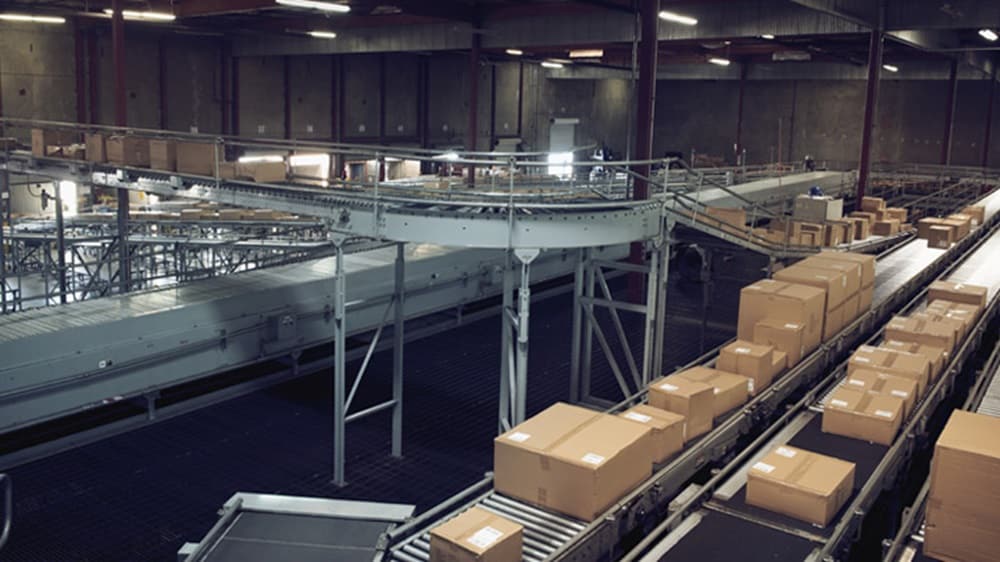
为可靠的技术物流提供更智能的解决方案
整合供应链,确保货物灵活安全地运输。
做好准备,迎接尖端行业的新机遇
对于技术领域的公司来说,有一种更新颖的方法,它可以通过有弹性的综合物流,使您的价值链运作更加顺畅。无论是消费类电子产品、家用电器、太阳能电池板还是半导体,我们都可以通过创新的数字平台、互联实体资产和突破性的行业洞察信息,来帮助您密切关注当下发展,助您全程无忧。
我们相信以下趋势将助您乘风破浪,一往无前:
Add resilience to the core of your supply chains
In today’s tech sector, disruption isn’t rare - it’s routine. Our report, Course for Change: How tech companies build resilient supply chains, developed with FT Longitude, reveals how frontrunners are cutting disruption-related losses, harnessing AI and creating resilience across their ecosystems.
Learn from the sector’s resilience leaders and see how you can safeguard revenue, scale faster and win in volatile markets.

Strengthening supply chains with collaborations: Insights from our research with FT Longitude
It is well known that nearshoring, dual-sourcing and generative AI are important for supply chain advancement.
But there is another key factor that impacts supply chain management of technology companies. In our research, conducted in collaboration with FT Longitude, we understood that strong, collaborative partnerships play a key role in transforming business performance.

Building supply chains ready for the future
Through our research conducted in collaboration with FT Longitude, we expand on the various factors that play a key role in developing high-performing supply chains and significant growth in business. Get all the insights to stay on top of supply chain advancement in the technology industry.

准时。 每次均是如此。
谈及科技与电子产品,产品准时、按计划到达目的地非常关键,因为错过一个销售季,就意味着产品基本上被淘汰了。 了解我们如何与客户(一家全球领先的计算机、通信和消费电子产品公司)合作解决供应链延迟问题,此问题主要由例外管理导致。

制造业,尤其是科技与电子行业领域,正在从以中国为核心的成本驱动模式,转向一个更多样化,更关注灵活性与敏捷度的区域化战略。例如中美贸易战这样的地缘政治关系发展正在加剧这一变化, 同时伴随着劳动力成本上升,中国作为制造中心的吸引力有所降低。黑天鹅事件,诸如新型冠状病毒的爆发加剧印证了这一趋势,制造商们迅速意识到供应链过于精益蕴含的风险。
由此,一个新常态正在形成。在这种情况下,多个采购渠道、多条路线、多处目的地让制造业供应链正变得越发复杂零碎,企业需要思考怎样才能在新形势下思所将往, 砥砺前行。

运输和物流行业让全球贸易像发条一样井然有序地运转,通过全球供应链为生产商和供应商连接消费者。 它如同一台包含众多齿轮和轮子的复杂机器,这些齿轮和轮子需要协同合作,才能将产品从 A 地顺利运输到 B 地。正是因此,惠普于 2010 年开始就与马士基密切合作,简化其供应链。 惠普和马士基保持着长期可靠的合作关系。
区块链和人工智能机器学习等创新技术可能颠覆当前的供应链操作模式。
您也可能会感兴趣于
让我们以端到端,简化的供应链连通,助您大展宏图。


